Our EMS is focused on fast initial care, firefighter support, patient stabilization, and community health, bridging the gap until advanced EMS transport arrives.
1. First Response / Initial Patient Care
- Provide rapid response to medical emergencies before higher levels of care arrives.
- Perform basic life support (BLS) interventions like CPR, oxygen administration, bleeding control, splinting, and AED use.
- Stabilize the patient until advanced care is available.
2. Medical Support at Fire/Rescue Incidents
- Monitor and care for firefighters during structure fires, wildland operations, or prolonged rescues (rehab, hydration, vital signs).
- Provide on-scene treatment for injuries sustained by firefighters or civilians.
- Stand by during hazardous operations (vehicle extrication, technical rescue, hazardous materials response).
3. Patient Assessment and Triage
- Perform scene assessment and triage to determine severity of injuries or illness.
- Decide whether higher-level EMS (paramedics, air ambulance, trauma center transport) is needed.
- Relay critical patient information to incoming EMS or hospital staff.
4. Community Medical Services
- Provide public education (CPR classes, first aid training, AED awareness).
- Offer wellness checks for at-risk community members, especially in rural/isolated populations.
- Assist with community events where medical standby is required.
5. Collaboration with Other Agencies
- Work with county EMS providers, hospitals, and law enforcement.
- Serve as medical liaisons during mass-casualty incidents (MCI).
- Provide mutual aid for nearby towns or departments.
